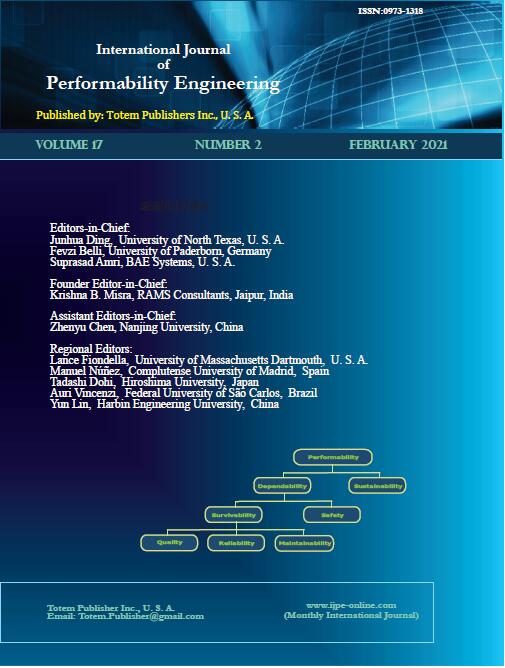-
Framework for Trustworthiness in Software Development
- Sofiane Maza and Oussama Megouas
-
2021, 17(2):
241-252.
doi:10.23940/ijpe.21.02.p8.241252
-
 Abstract
Abstract
 PDF (1004KB)
PDF (1004KB)

-
References |
Related Articles
All devices run on software and enterprises trust in some invisible big infrastructure software to make decisions for us every day. For that, trustworthiness becomes more and more important for users and developers. In this paper, we focus largely on the trustworthiness aspect in the software development process. We propose a trustworthiness framework that has a great design and implements trustworthiness aspects. The framework is a platform that determines if a project is compatible with the required software development, ensuring reliability, trustworthiness, and security fundamentals. Furthermore, the proposed framework is considered like a plateforme that examines the big infrastructure source code and compares two different conceptions for the same project idea. The proposed framework is based on two layers, which are PetriNets Simulator Modelling and Master dependency, to ensures a retro-propagation design and verification tool between the side of requirement specification, analysis, and design system with the side of the architecture of the source code, which ensures the trustworthiness of the development process and software production. The framework makes software more reliable and trustworthy for users and allows enterprises and developers to control and test the trustworthiness of internal self-production software and integrated external source code.

